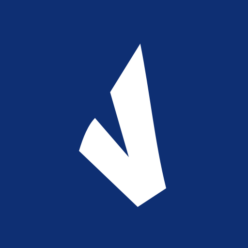Oguri, Kutriguri, Utriguri, and Saraguri were all Turcic tribes speaking Turkic languages.
Agathias — the principal historian of part of the reign of the Roman emperor Justinian I between 552 and 558 — wrote: “…all of them are called in general Scythians and Huns in particular according to their nation. Thus, some are Koutrigours or Outigours and yet others are Oultizurs and Bourougounds… the Oultizurs and Bourougounds were known up to the time of the Emperor Leo (457–474) and the Romans of that time and appeared to have been strong. We, however, in this day, neither know them, nor, I think, will we. Perhaps, they have perished or perhaps they have moved off to very far place.”
Click on the link below to see, where the cited tribes lived, whether they had “perished or moved off to very far place“.
Links:


 But around AD 400 the Germanic tribes were on the move allover Europe, as can be seen in the map behind the link below.
But around AD 400 the Germanic tribes were on the move allover Europe, as can be seen in the map behind the link below. Celtic languages are those ancients with long history. They are nowadays spoken principally in Wales and on the countryside in Western Ireland.
Celtic languages are those ancients with long history. They are nowadays spoken principally in Wales and on the countryside in Western Ireland. Baltic languages belong to the Indo-European languages. Today Baltic languages are spoken in Latvia (Latvian language) and Lithuania (Lithuanian language). But in the XIV Century, Baltic languages were spoken on a much bigger area. Follow the link below to see where.
Baltic languages belong to the Indo-European languages. Today Baltic languages are spoken in Latvia (Latvian language) and Lithuania (Lithuanian language). But in the XIV Century, Baltic languages were spoken on a much bigger area. Follow the link below to see where. The most ancient Indo-European texts were written in Anatolian languages in the 18th century BC. This branch of the Indo-European family spread over the territory of modern Turkey and northern Syria.
The most ancient Indo-European texts were written in Anatolian languages in the 18th century BC. This branch of the Indo-European family spread over the territory of modern Turkey and northern Syria.